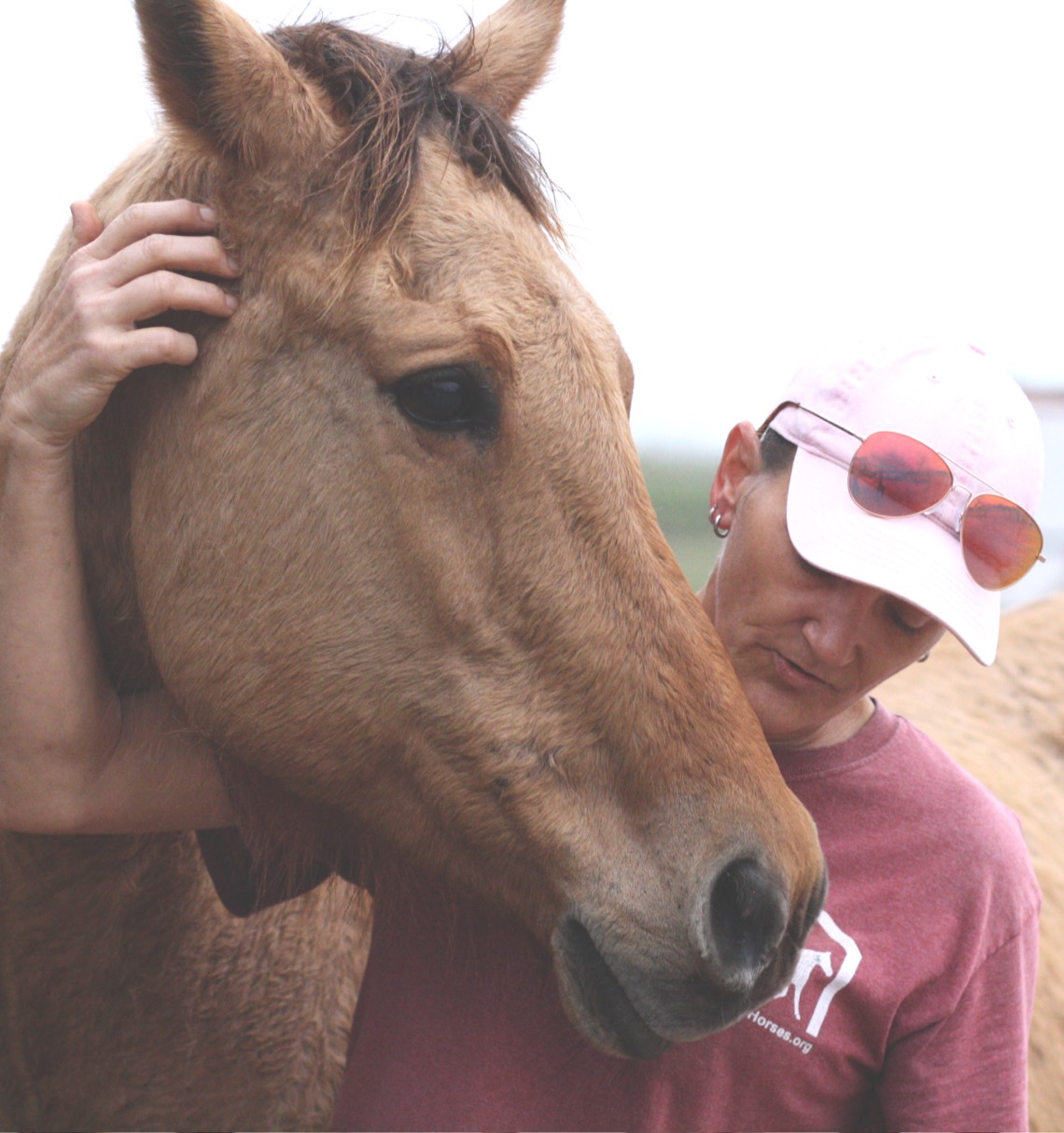The correct way to use slow-feeders for equine
As most horse owners know, horses are designed to look and eat food at a steady gradual pace all day long. There are many manufacturers of slow-feeders (devices designed to slow down the feed process). This article goes into what to look for in a slow-feeder.
From: High Plains Journal
By: Juliet M. Getty, Ph.D.
Forage is the foundation of every equine’s diet and needs to flow steadily through the digestive tract. Gaps without forage can lead to ulcers, colic, behavioral issues, stall vices, gorging, choke, cribbing and even laminitis. Truly, the only way to avoid these problems is to allow your horse steady access to forage, free-choice, all day and all night.
Responding to this inherent need is the slow-feeder industry. The purpose of this article is to provide a clear understanding of slow-feeders and how they can be used safely and effectively. There are many styles and types from which to choose. The best approach is to contact several manufacturers to see which product best meets your horses’ needs.
The purpose of a slow-feeding system is to simulate grazing. Horses in a natural setting eat small amounts of forage as they wander in search of the next tasty morsel. They eat virtually all day and night, taking time to socialize and rest every so often for a few minutes at a time. When they know that they always have access to forage, they become calm and relaxed, rest more often and walk away from their hay, knowing that it will still be there when they return. In other words, they “self-regulate” and eat only what they need to maintain a healthy body condition.
Forage restriction is incredibly stressful. Why should this matter? Because stress causes the release of the hormone cortisol, which in turn leads to elevated insulin. When insulin is high, it tells the body to store fat. Your goal? Get rid of the stress. Feed an appropriate forage (low in sugar and starch) free-choice and allow the horse to tell you how much he needs. There are some horses, however, who gain weight very quickly when given forage free-choice. The reason has to do with the sluggish metabolic rate they’ve developed over time. When forage is parceled out only a few times a day, the horse responds by going into “survival mode,” where his metabolic rate significantly slows down in an attempt to conserve body fat. A cycle of ever-increasing obesity is created that can be reversed only through exercise and removing the hormonal fat-storing response that forage restriction creates.
Slow-feeders, when used properly, are an excellent way to do reduce stress. As their name suggests, they slow down the rate of consumption by providing hay through small openings. When slow feeders are kept full, they allow the horse to graze whenever he wants, thereby encouraging the horse to eat less and still have free access to forage.
The best approach is feeding off the ground
Chewing with the head low is more in line with the horse’s natural physiology, creating even pressure on the teeth and allowing the jaw bone to move freely in all directions. Furthermore, the muscles, joints, tendons, ligaments and bone structure are not stressed when horses can grab hay in a straight downward motion. Eating with their heads down also protects their eyes and respiratory tract against mold spores and dust and provides for better nasal drainage.
How to start
Use at least two feeders per horse and place them as far apart as possible. Even if your horse is in a stall or small paddock, place one on either end of the area. Many slow-feeders made of hard material can accommodate two or possibly three horses at a time, but it is preferable to have more feeders to encourage movement, satisfy the horse’s natural curiosity and minimize squabbles among herd members.
Gradually allow your horse to become accustomed to this method of feeding by placing some hay in the feeder as well as loose on the ground next to it. After a few days, most horses will get the hang of the slow-feeder. Some take longer, so don’t force the issue; let your horse get used to it at his own pace.
If your feeder contains a grate, leave it off for a few days as your horse becomes familiar with lowering his head inside the feeder. Once you add the grate, pull hay through the openings to help get him started.
Supervise your horse during this period, watching for signs of frustration. Frustration is a form of stress and needs to be avoided.
Types of slow-feeders
Nets—Hay nets are not the same as slow-feeder nets. Hay nets typically have very large openings, in which your horse can easily become tangled. Slow-feeder nets provide openings that are much smaller. I recommend 1.5 to 1.75 inches for a full-sized horse; anything smaller may cause undo frustration. Fatigue can also set in, causing the horse to stop eating.
On the other hand, if the hole is too large, the horse will typically eat as much as if the hay were loose on the ground. Researchers at the University of Minnesota demonstrated horses took longer to consume their hay as the hole size was decreased. Therefore, it is best to choose a hole size that will slow down feeding but not so small it induces exasperation.
It is best to purchase one from a reputable manufacturer rather than try to make your own. Cheaper fabrics can unravel and break, potentially damaging teeth and worse, tragically leading to colic if your horse swallows fibers. Commercial products are made from heavy duty fabrics that resist tearing and fraying, and provide safety features as well as customer support.

